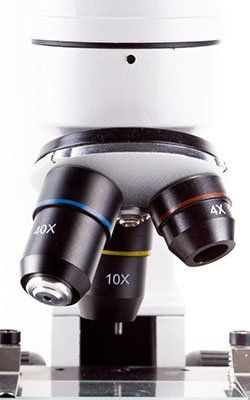Cancer Treatment
Treatment for cancer
used to be primarily chemotherapy; however, the word chemotherapy brings a lot of questions and concerns about side effects, because Chemotherapy affects normal cells as well as cancer cells. But normal cells have the capacity to overcome side effects and Chemotherapy has been effective for many as a resource for getting rid of cancer.
With the introduction of TARGETED THERAPIES, treatment became more directed toward cancer cells and, by the same token, side effects became overall less.
Targeted cancer therapies are drugs or other substances that block the growth and spread of cancer by interfering with specific molecules involved in tumor growth and progression.
Because scientists call these specific molecules “molecular targets”, therapies that interfere with them are sometimes called “molecularly targeted drugs”, “molecularly targeted therapies”, or other similar names.
Targeted cancer therapies that have been approved for use in specific cancers include drugs that interfere with cell growth signaling or tumor blood vessel development, that promote the specific death of cancer cells, that stimulate the immune system to destroy specific cancer cells, and that deliver toxic drugs to cancer cells.
Targeted cancer therapies interfere with cancer cell division (proliferation) and spread in different ways. Many of these therapies focus on proteins that are involved in cell signaling pathways, which form a complex communication system that governs basic cellular functions and activities, such as cell division, cell movement, how a cell responds to specific external stimuli, and even cell death. By blocking signals that tell cancer cells to grow and divide uncontrollably, targeted cancer therapies can help stop cancer progression and may induce cancer cell death through a process known as apoptosis. Other targeted therapies can cause cancer cell death directly, by specifically inducing apoptosis, or indirectly, by stimulating the immune system to recognize and destroy cancer cells and/or by delivering toxic substances to them.
The development of targeted therapies, therefore, requires the identification of good targets – that is, targets that are known to play a key role in cancer cell growth and survival. (It is for this reason that targeted therapies are often referred to as the product of “rational drug design”.)
For example, most cases of chronic myeloid leukemia (CML) are caused by the formation of a gene called BCR-ABL. This gene is formed when pieces of chromosome 9 and chromosome 22 break off and trade places. One of the changed chromosomes resulting from this switch contains part of the ABL gene from chromosome 9 coupled, or fused, to part of the BCR gene from chromosome 22. The protein normally produced by the ABL geneplays an important controlling cell proliferation and usually must interact with other signaling molecules to be active. However, Abl signaling is always active in the protein (Bcr-Abl) produced by the BCR-ABL fusion gene without interaction with other signaling molecules. This activity promotes the continuous proliferation of CML cells.
Therefore, Bcr-Abl represents a good molecule to target.







